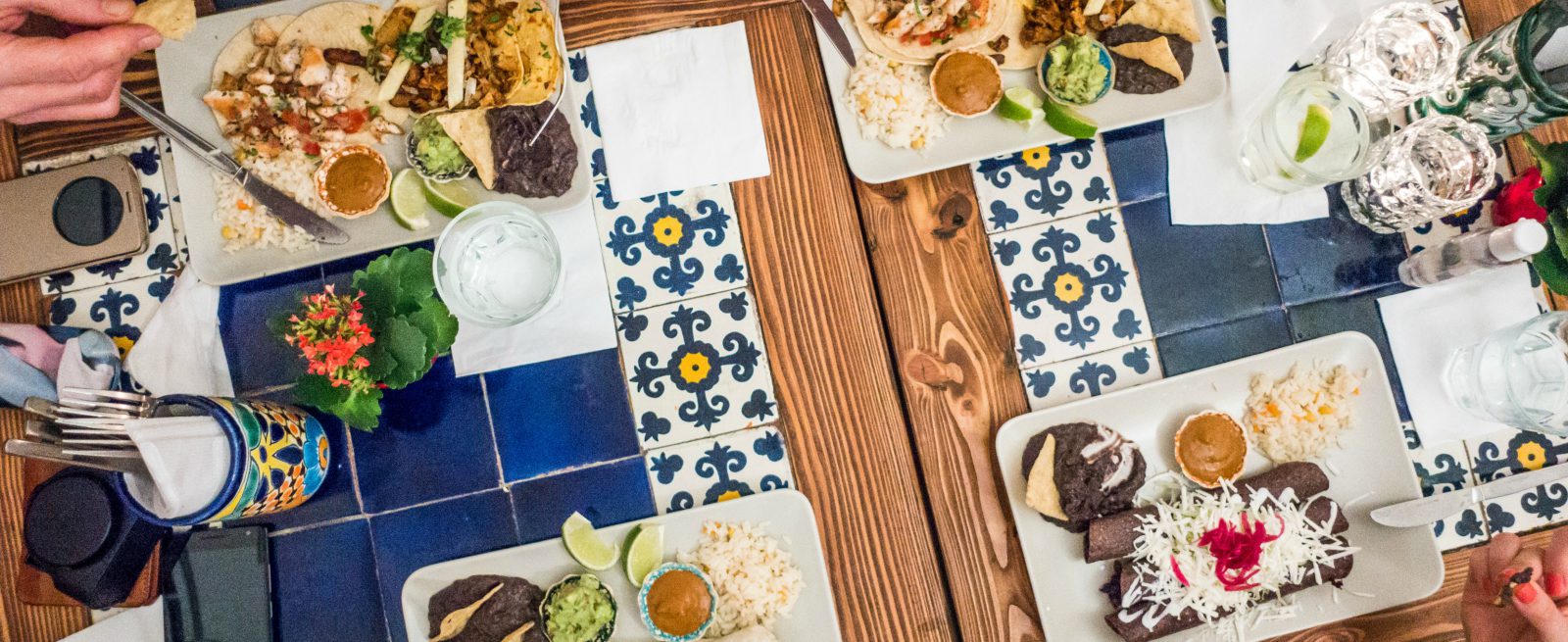MRM EXCLUSIVE: Changing KPIs for Restaurant Growth
2 Min Read By Rom Krupp
KPIs (key performance indicators) are important for restaurants regardless of their size or service type. A smart KPI is used to make informed and intelligent decisions that will lead to improved internal operations and more effective external marketing. But too many restaurants use KPIs that show up or down but no clear direction if that means good or bad. KPIs need to move from being math-based to behavior-based so restaurants can stay ahead of the competition.
#1 KPI — Per Person Average (PPA)
Current KPI: Typically restaurants take the sales amount divided by guest count and make decisions based on this data.
Challenge: The value of a KPI in general is an indicator which has to have a consistent result reading so if it is up or down the interpretation is clearly good or bad. But the way PPAs are done now, the reading isn’t leading to improved outcomes.
Change KPI: Instead of a straight formula, he PPA should be determined by splitting the number into indicators of behavior like measuring the spend of existing customers vs. new customers. This could tell operators which customers are spending more or less as well as the frequency of their visits. In principal, every KPI should have a clear understanding that whether results are up or down it creates an action step for the restaurant.
#2 KPI — Labor Productivity
Current: This is measure of sales per labor hour by measuring sales divided by hours worked.
Challenge: The data collected takes time into consideration but not the “value of that time”. Restaurant operators know that Monday 12 to 1pm is not a Friday 12 to 1 and not a Monday 2 to 3pm. Just reviewing sales by hours and not properly evaluating the “value of those hours” does not provide any actionable intelligence.
Change: If a server works 40 hours per week but always during the slowest part of the day, it may appear as if they are a poor server when in fact there are fewer customers during those hours than all other times. Instead, this KPI needs to be normalized to give a value for every hour. (point value per hour) and restructured to capture the sales per “particular” hours worked.
#3 KPI — Table Turns Speed of Service
Current: Having a set time decided for each table turn without consideration for other factors, including larger spends.
Challenge: When servers are being measured on speed of service they drop customer service and this will impact frequency.
Change: Instead, operators need to train servers on how to enhance the customer experience and then have this KPI measured on table time based on value of ticket price. For example, a $20 ticket should turn in 35 min or a $150 ticket should turn in 70 min and servers should be measured every 12 tickets or so. The key here is to start making servers and bartenders accountable to revenue generated. They need to be encouraged to think like business people which will lead to excellent customer service and grasping the long game of frequency.
KPIs need to be adjusted to restaurant reality of what will drive customer returns and retention. Watching only the math becomes counter-intuitive since we know when guests aren’t satisfied enough to return and refer, the bottom line will really show it. KPIs need to be about the story and not about the numbers. To drive up profits and reinforce positive branding, restaurants need to focus on the customer story.


